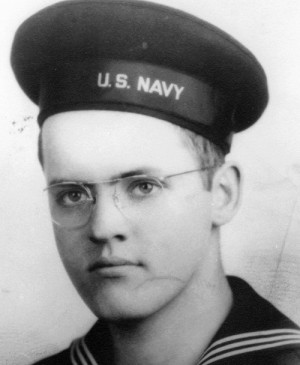Two months after signing an agreement to establish a 24-hour-a-day “hot line” between Moscow and Washington, the system goes into effect. The hot line was supposed to help speed communication between the governments of the United States and the Soviet Union and help prevent the possibility of an accidental war.

U.S. Ambassador Charles C. Stelle and Soviet negotiator Semyon K. Tsarapkin
sign the U.S.-Soviet agreement in Geneva, Switzerland on a hot line between
Washington and Moscow (06/06/1963).
In June 1963, American and Russian representatives agreed to establish a so-called “hot line” between Moscow and Washington. The agreement came just months after the October 1962 Cuban missile crisis, in which the United States and Soviet Union came to the brink of nuclear conflict.

A photograph of a ballistic missile base in Cuba, used as evidence with which U.S. President John F. Kennedy ordered a naval blockade of Cuba during the Cuban missile crisis, on October 24, 1962. (Getty Images)
It was hoped that speedier and more secure communications between the two nuclear superpowers would forestall such crises in the future. In August 1963, the system was ready to be tested. American teletype machines had been installed in the Kremlin to receive messages from Washington; Soviet teletypes were installed in the Pentagon. (Contrary to popular belief, the hot line in the United States is in the Pentagon, not the White House.) Both nations also exchanged encoding devices in order to decipher the messages. Messages from one nation to another would take just a matter of minutes, although the messages would then have to be translated. The messages would be carried by a 10,000-mile long cable connection, with “scramblers” along the way to insure that the messages could not be intercepted and read by unauthorized personnel.

The Picture shows a East-German Teleprinter of Type T63-SU12 from Siemens (formerly Siemens & Halske).
This Teleprinter was used from 1963-1980 as a part of the special transatlantic Moscow–Washington hotline, also known as “The Red Line”.
This Rotor machine is currently on display at the National Cryptologic Museum, located on the National Security Agency (NSA) campus at Fort Meade, Maryland.
On August 30, the United States sent its first message to the Soviet Union over the hot line: “The quick brown fox jumped over the lazy dog’s back 1234567890.” I’m having flashbacks to high school typing class :(. The message used every letter and number key on the teletype machine in order to see that each was in working order. The return message from Moscow was in Russian, but it indicated that all of the keys on the Soviet teletype were also functioning.
The hot line was never really necessary to prevent war between the Soviet Union and the United States, but it did provide a useful prop for movies about nuclear disaster, such as Fail Safe and Dr. Strangelove. The red telephone with the single button that I included at the beginning of this post is what I as a kid thought of when we heard the President could just press a button :). Its significance at the time was largely symbolic. The two superpowers, who had been so close to mutual nuclear destruction in October 1962, clearly recognized the dangers of miscommunication or no communication in the modern world.
Though the Cold War is over, the hot line continues in operation between the United States and Russia. It was supplemented in 1999 by a direct secure telephone connection between the two governments.

 Check out my other blog
Check out my other blog I'M PUBLISHED
I'M PUBLISHED I'm Published Again
I'm Published Again








